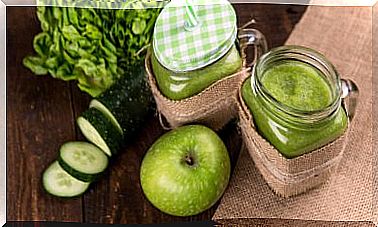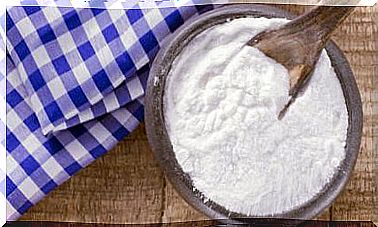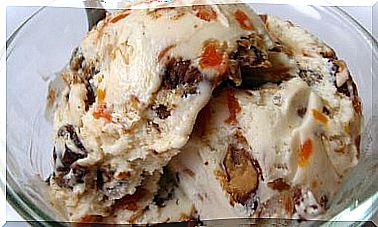Eating In Preschool Age, How Should It Be?
Preschool-age children are those who are less than 5 years old. This phase is very important for them, since, although they no longer grow as quickly as in their first year of life, they continue their cognitive, emotional and motor development. Here we will talk about preschool eating and food choices.
Adequate nutrition in preschool age is key for children to reach their maximum potential for growth and development. Now, how can we determine the best diet for preschool age? Much has to do with changes in the child’s motor, cognitive and behavioral development. We briefly expose them below.
Preschool age growth and development
Preschool-age children go through a series of changes that significantly affect their overall development. Right at this stage, they consolidate their motor skills more, have cognitive advances and undergo a change in eating behaviors.
What happens specifically? To better understand it, we detail each of these changes below. Later, we detail how your diet should be based on this.
Changes in motor development
Children generally begin to walk independently around 12 months. Since then, his balance and agility has increased; They can go up and down stairs, they also develop the coordination necessary to handle a tricycle or perform similar activities.
Over time, they jump with one or two feet, and they also learn to climb or throw a ball. In short, children become more active and independent when it comes to mobility.
Intellectual advances
At this stage, children develop greater independence in activities that linked them to their parents. That allows them to explore their environment.
On the other hand, due to the greater development of language, they improve socialization with other people and imitate behaviors of the people around them. Likewise, it increases egocentricity, and therefore, their firmness to express their desires.
Changes in eating behavior
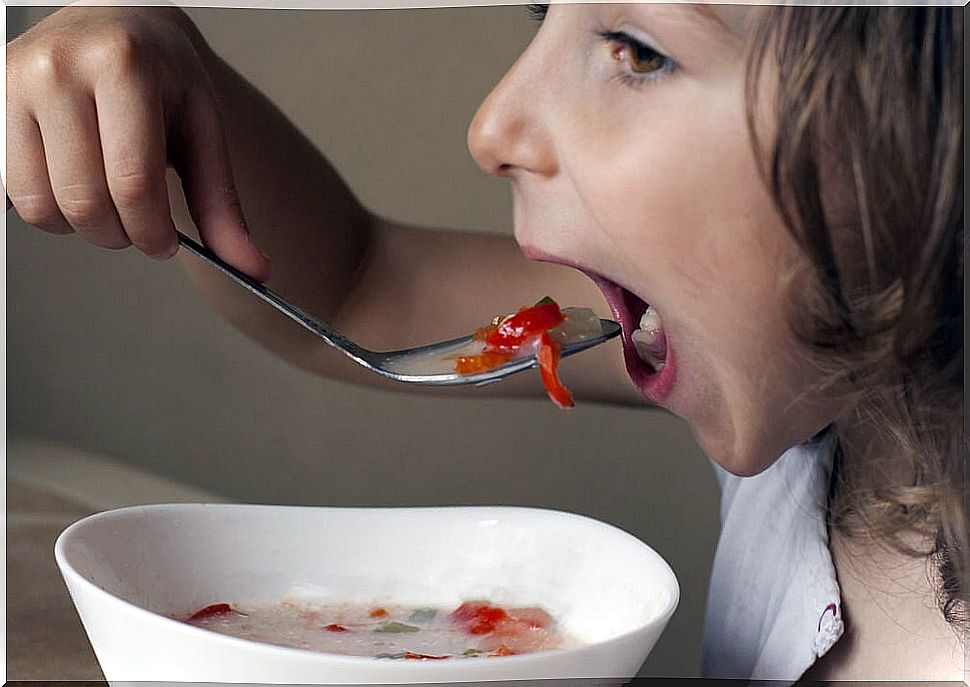
As the months go by, children gain more independence and begin to eat their own food, in fact, this allows them to learn to use cutlery properly. On the other hand, more defined meal times are established, they also develop preferences or aversions regarding certain foods.
It is important to add that many parents worry that their little ones do not always eat with the same appetite; however it is normal that they do not. As a rule they tend to eat well for short periods before a growth spurt.
However, around 5 years of age, children learn to regulate the amounts of food according to their nutritional needs. As you can see, children need an adequate energy intake to develop in every aspect. In fact, preschool feeding should promote well-defined goals.
In the book Feeding the preschool and school boy and girl , the author points out that the main nutritional objectives are: physical growth, the development of muscle mass, physical activity, intellectual development, the improvement of defenses to prevent diseases or infections and food education given to them at home.
Feeding in preschool age
There are numerous food sources and manuals that specify daily recommendations for energy, protein, vitamins, and minerals.
In the article Preschool and school feeding you can find very complete tables in which each of these requirements are established depending on age, sex and level of physical activity.
The diet at preschool age should include milk and dairy products on a daily basis; meat, fish, shellfish, eggs and legumes. In this way it is possible to provide the proteins necessary for growth. These nutrients are essential to allow the development of lean mass, according to a study published in the journal Meat Science.
Fortified or whole grains, ripe fruits, vegetables and vegetables are also recommended and encourage the consumption of natural water.
A preschool-age diet that includes water, protein, carbohydrates, fiber, calcium, iron, phosphorus, zinc, and vitamins ensures the proper functioning and development of children.
Dietary recommendations
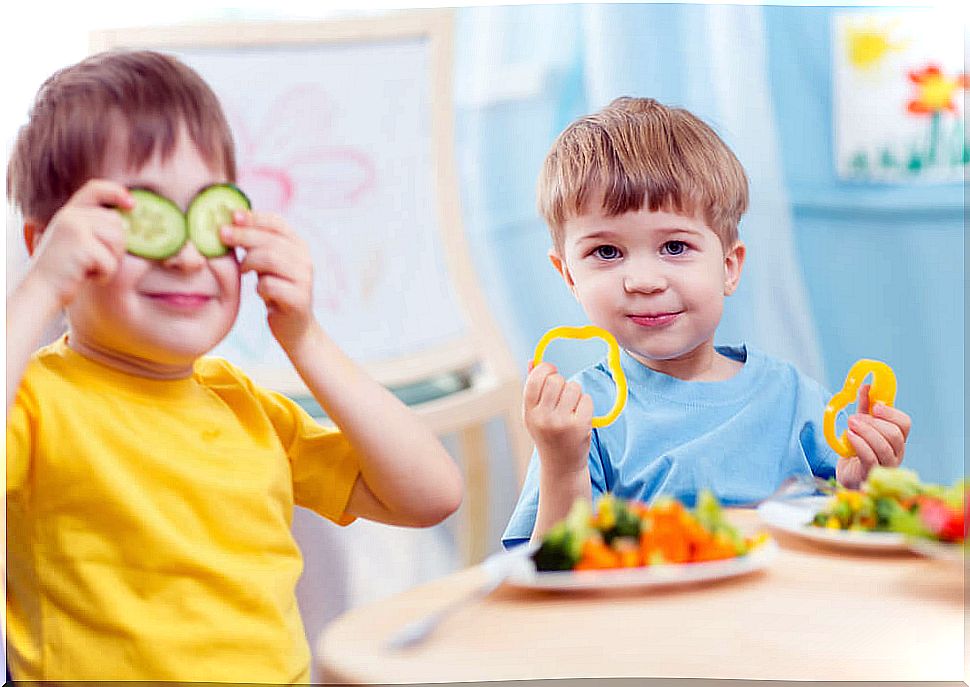
More generally, there are guidelines that can be applied to almost any age. An example of this are the preschool and school child feeding guides that can be of great help, which we will mention below.
Promotion of a good breakfast
Breakfast is considered the main meal during the day. It should contain carbohydrates to promote satiety. A good option is the combination of milk, cereals and fruits, it can be complemented with other proteins such as eggs, cheese and chicken.
Complement with healthy snacks and hors d’oeuvres
This aspect is very important since this type of food can occupy about a third of the total calories in the diet if it is not chosen well. It is better to promote the consumption of homemade snacks, fresh fruit, cereals, dairy products, or products that are not junk or junk foods.
Remember that the consumption of ultra-processed products is especially harmful to health, according to a study published in the journal BMJ . These foods are associated with an increased risk of cardiovascular disease.
Cultivate physical activity
It is advisable to carry out daily exercise sessions in the open air with a total duration of 60 minutes. This will allow children to maintain a healthy weight and caloric balance.
Other Suggestions
- Eat fruits and vegetables daily, as well as a variety of foods.
- Eat with the family in a quiet and pleasant environment, avoiding distractions such as music, television or discussions.
- Avoid excessive consumption of salt.
- Eat a variety of foods and in different ways of preparation.
- Do not include sweets or sugary drinks in meals so as not to substitute healthy foods.
Monitor the diet of preschool-age children
The guidelines that we have shared in this article will be very useful for preschool-age feeding.
However, we must remember that feeding at this stage must be supervised jointly by the pediatrician, family and school. Try to form a team and follow the recommendations that are given.



